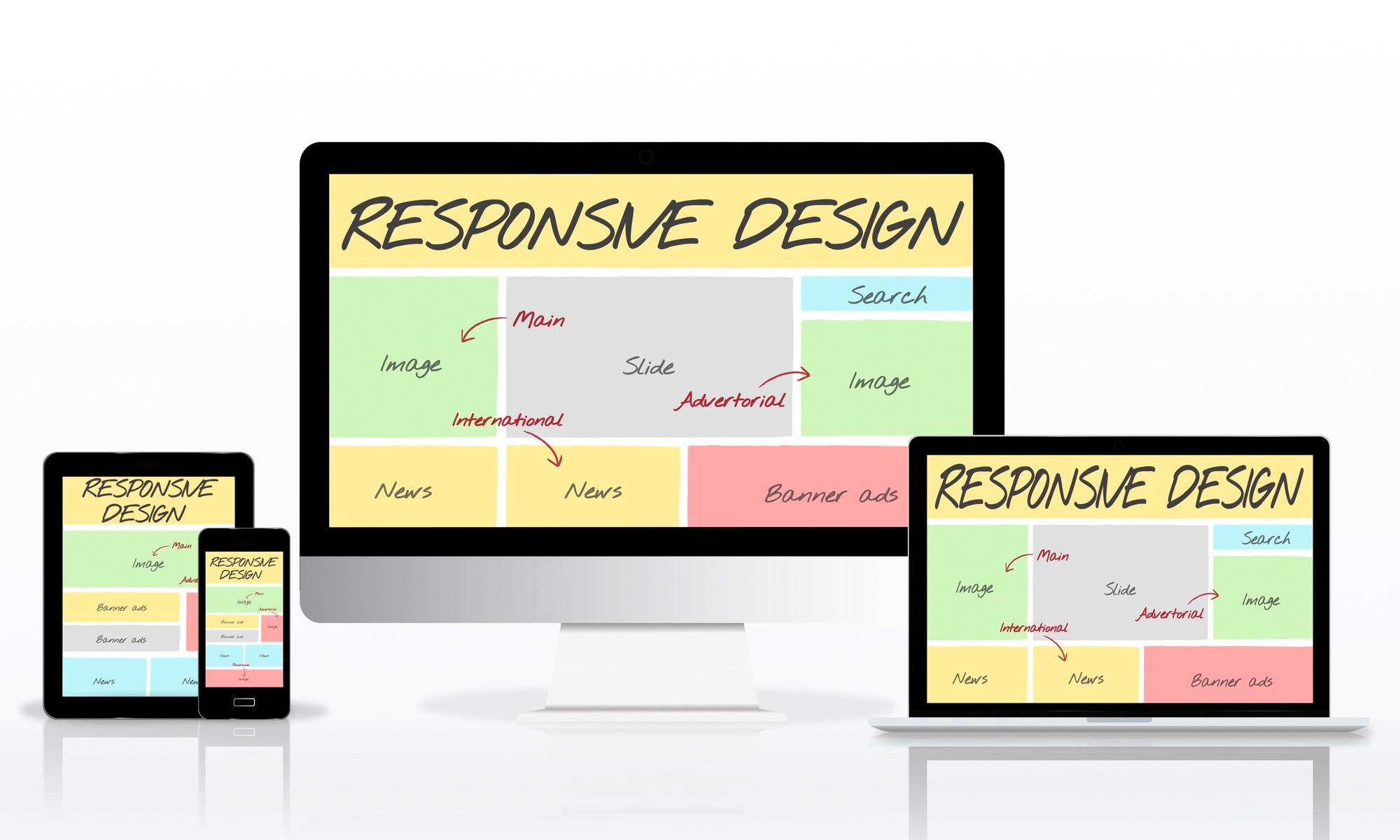The Ultimate Guide to E-Commerce Website Design

In today’s digital marketplace, having an e-commerce website is no longer optional—it’s essential. But simply launching an online store isn’t enough. The success of your business depends largely on how your website is designed. A well-designed e-commerce website doesn’t just attract visitors; it keeps them engaged, builds trust, and converts them into loyal customers.
Why E-Commerce Website Design Matters
-
First Impressions Count
Visitors often decide within seconds whether to stay or leave a site. Clean layouts, professional visuals, and intuitive navigation create instant credibility. -
User Experience (UX) Drives Sales
Easy navigation, fast loading speed, and mobile responsiveness make it simple for customers to find products and complete purchases without frustration. -
Builds Brand Trust
A secure, visually appealing, and consistent website instills confidence. Customers are more likely to purchase from brands that look professional online.
Key Elements of Effective E-Commerce Website Design
-
Mobile-Friendly Layout
With mobile commerce growing rapidly, responsive design is a must. Your website should look and function perfectly on all devices. -
Simple Navigation
Organize categories clearly, use search functionality, and ensure customers can find products within three clicks. -
High-Quality Product Images
Visuals sell. Multiple product angles, zoom features, and lifestyle photos help customers make confident buying decisions. -
Clear Call-to-Actions (CTAs)
Buttons like “Add to Cart” and “Buy Now” should be prominent, guiding users through the shopping journey. -
Fast Loading Speed
A slow website means lost sales. Optimize images, use caching, and choose reliable hosting to boost performance. -
Trust Signals
Display customer reviews, secure payment icons, and return policies to reassure shoppers. -
Seamless Checkout Process
Keep the checkout short, offer guest checkout, and provide multiple payment options to reduce cart abandonment.
Best Practices for E-Commerce Web Design
-
Keep the design minimal yet impactful.
-
Use consistent branding—colors, fonts, and tone of voice.
-
Optimize product pages for SEO with descriptive titles, meta tags, and structured data.
-
Regularly test and update your site for better performance and conversions.
Final Thoughts
An e-commerce website isn’t just a digital storefront—it’s the backbone of your business. Investing in professional website design ensures that your store attracts, engages, and converts customers effectively. By focusing on user experience, speed, security, and aesthetics, you set your business up for long-term online success.
- Art
- Causes
- Crafts
- Dance
- Drinks
- Film
- Fitness
- Food
- Oyunlar
- Gardening
- Health
- Home
- Literature
- Music
- Networking
- Other
- Party
- Religion
- Shopping
- Sports
- Theater
- Wellness


